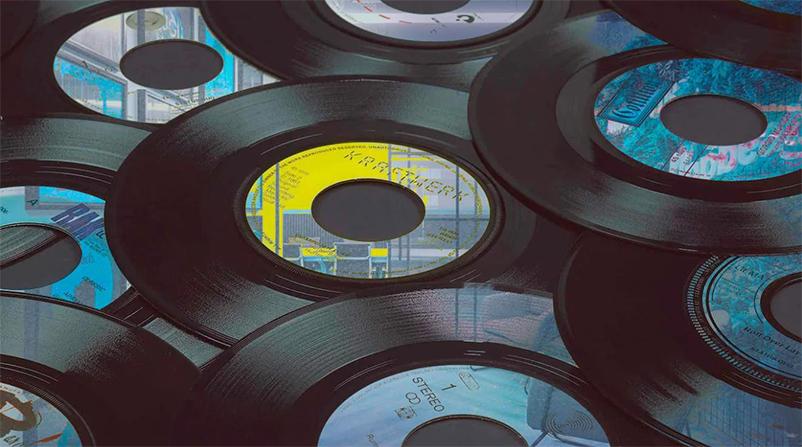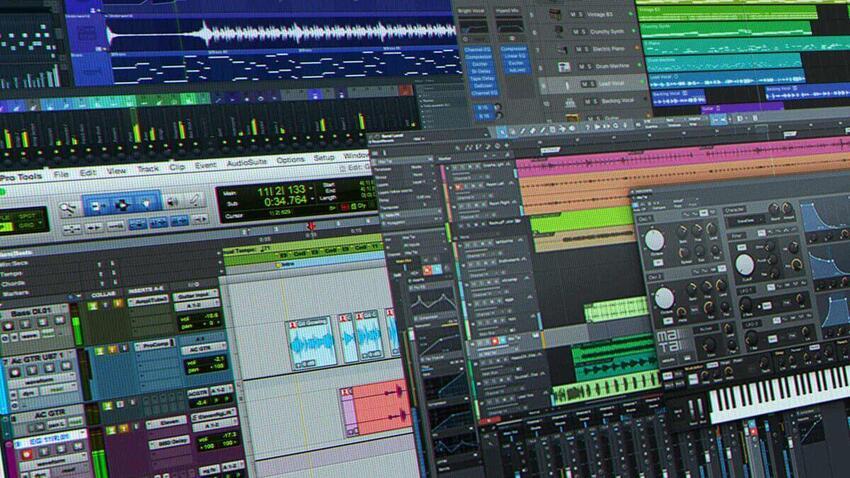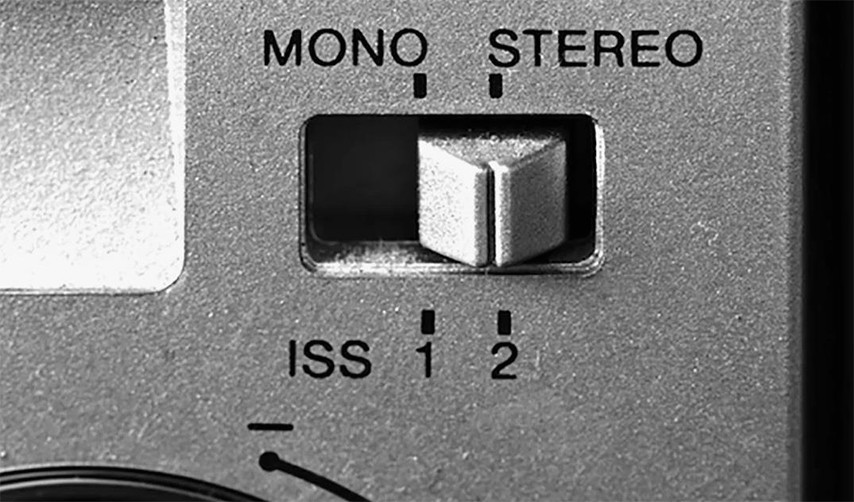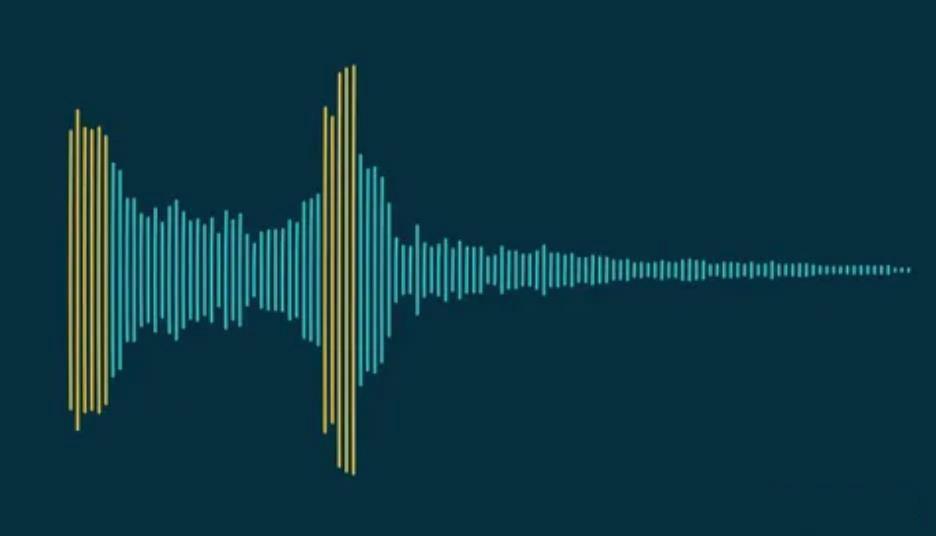Best synths VST plugins

Hardware Synthesizers vs. VST Synthesizers
If you talk to an analogue aficionado, they’ll tell you that “the unique warmth and natural sound of analog synthesizers is second to none.” While analog and VST synthesizers have their own distinct characteristics, the quality of VST synthesizers has improved significantly over the past decade. These days, VST synthesizers not only offer advanced control features, but also impressive sound quality.
Let’s take a closer look at the differences between these two categories of synthesizers.
Hardware synthesizers
In the 1960s, the foundation of modern music was laid with the advent of the first hardware synthesizers. Today their variety is impressive: from monophonic and polyphonic to digital, analogue and modular models – the choice is huge!
Sound quality
Hardware synthesizers have gained fame due to their outstanding sound quality, which many consider to be unprecedented. This can be compared to the difference between tube and transistor amplifiers. The uniqueness of their warm sound captivates and attracts the attention of listeners.
When compared to VST synthesizer plugins, the difference in quality is especially noticeable in analog synthesizers. Their ability to create unique waveforms gives them a unique sound signature. At the same time, identifying differences in quality between digital hardware synthesizers and software ones can be a more time-consuming task.
Meaning
The price range for hardware synthesizers is quite wide. However, the market today offers many more affordable options than ever before. An interesting point is that many synthesizers, even those that are not classics, retain their value on the market.
When buying a synthesizer, you can expect its price to either remain stable or even increase over time. This means that if you decide to sell your hardware synthesizer in the future, you may be able to sell it for more than the original purchase price.
Tactile nature
Owning a real music device has its own special appeal. Interacting with faders, knobs, buttons and cables creates a unique tactile experience in the music making process.
This interaction with hardware plays a significant role at the moment of creativity. Plus, the unpredictability of hardware synthesizers brings an extra element of excitement for those exploring the world of musical experimentation!
Cons of hardware synthesizers
Price
As we have already noted, prices for hardware synthesizers can vary greatly. Budget models are available in the market from brands such as Arturia, Korg and Behringer. Also featured are mid-range synthesizers from manufacturers like Sequential and Roland.
At the same time, the cost of premium hybrid and analog synthesizers can rise to several thousand dollars per unit.
Space
While a hardware synthesizer provides an attractive interface, it can also take up a lot of space in the studio. This is especially problematic for home or mobile studios. In these situations, a more practical solution is to use a wide range of software synthesizers that can be easily installed and used on a laptop.
Lack of versatility
Hardware devices, particularly analog ones, often offer a more limited range of capabilities compared to their software counterparts. They usually have a limited selection of waveforms and oscillators for creative experimentation, as well as a small number of preset settings.
By investing the same amount in software synthesizers, you can gain a broader and more functional set of instruments that far exceeds the capabilities of hardware devices that you could only dream of.
Software synthesizers
The popularity of software synthesizers began to skyrocket in the late 90s, when computers began to play a key role in music production. Today, the software synthesizer industry continues to actively develop. Numerous innovative products from renowned brands such as Native Instruments, Arturia and Spectrasonics provide extensive creative possibilities.
Versatility
Although this has already been discussed, it is important to emphasize again: VST software synthesizer plugins offer a wide range of functions. Whether you’re looking for a wave synth or a software emulation of classic hardware models, there are plenty of software instruments to choose from. Most of these synthesizers offer a variety of presets to make getting started easier.
With studio-quality effects and intuitive interfaces, the customization and customization options for these software synthesizers are virtually endless.
Flexibility
Think about the fact that you can have access to thousands of different tunes directly from your laptop – it’s truly impressive. For synth enthusiasts from decades past, such a possibility would have been unthinkable. Software synthesizers allow instant recording via MIDI, making the music creation process extremely convenient.
From a practical point of view, it’s hard to imagine a better choice than a software synthesizer.
Price
When comparing the cost of software synth plugins to the price of hardware synths, it becomes clear why many people choose software alternatives. For the amount spent on one hardware synthesizer, you can buy a whole series of software synthesizers.
Disadvantages of software synthesizers
Sound
We are coming to understand that judging sound quality is largely a subjective experience, although scientific evidence supports the benefits of hardware. When analog waveforms are compared to their digital versions, analog ones tend to appear smoother, which contributes to a warmer sound.
At the same time, software VST synthesizers have come a long way since their inception, and it can be argued that most people would be unlikely to distinguish them from hardware models in a hearing test.
Interface
It is quite possible to integrate software instruments with hardware synths, but most plugins are only equipped with graphical interfaces. Manipulating various parameters typically requires clicking, dragging, and entering data. The lack of physical interaction may be less motivating for some users, especially those who prefer the feeling of working with real controls that provide tangible feedback.
Stock VST Synthesizers vs. Paid Synthesizers
While many digital audio workstations (DAWs) offer free VST plugins for synths, adding paid VST plugins to your arsenal can provide significant benefits. Typically, paid programs offer higher sound quality than their free counterparts. In addition, investing financially in a tool increases your interest in learning and using it.
Consider this: if a new guitarist buys a very cheap copy guitar with poor sound quality, his desire to play and improve will likely decrease. It’s much better to invest in a quality tool that will be useful as you grow and develop.
1. Spectrasonics Omnisphere – best hybrid synthesizer
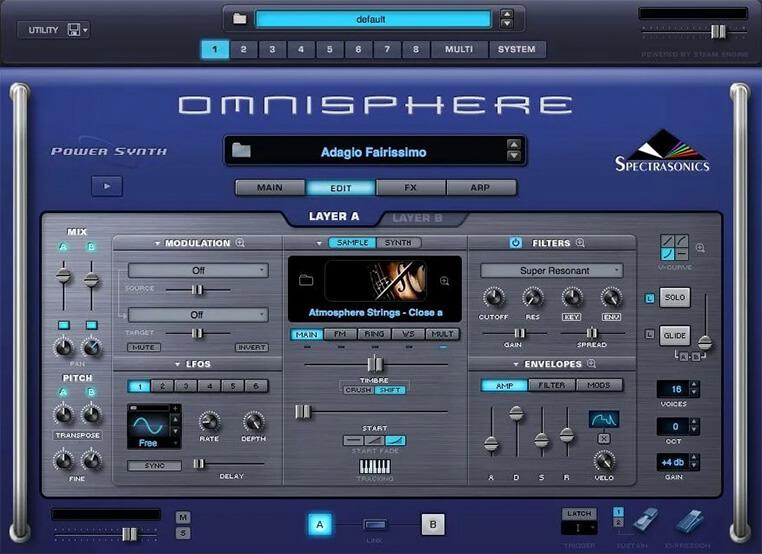
Synthesizer Type: Granular and Wave
Key Features: 500 wavetables, 12 envelopes, 34 filters, 8 LFOs, 57 FX blocks
Spectrasonics Omnisphere holds a prominent place in the world of music production as one of the leading VST synthesizers due to its extensive functionality. For those new to music production, the number of features it offers may seem overwhelming.
However, the extensive Spectrasonics community is always ready to provide support. This synthesizer includes over 14,000 amazing sounds and a variety of outstanding presets, allowing you to explore a variety of sounds without additional detailed setup. Its FX engine pushes the boundaries of possibilities, making it one of the most preferred tools for sound design in any genre.
2. Native Instruments Massive X – best bass synthesizer

Synthesizer type: Virtual analogue subtractive
Key Features: 170 wavetables, ten synthesis modes, additional submodes, two phase-modulated oscillators
Native Instruments Massive has achieved legendary status in the software synthesizer arsenal, and its latest release, Massive X, further cements that status. Although Massive X is known for its bass sounds, this powerful software plugin offers much more.
Its virtual analog subtractive synthesis engine may seem complex at first glance, but thanks to its intuitive interface, users quickly adapt to it. Many producers have put their craft into creating unique sounds with this instrument. If you’re looking for a synth plugin that can deliver deep, high-quality sound, Massive X deserves your consideration.
3. Xfer Serum – best wave synthesizer

Synthesizer type: Wavetable
Key Features: Four wave oscillators, three envelopes, one filter, four LFOs and an extensive collection of effects
Xfer’s Serum is regularly included in lists of the best software synthesizers. Based on wavetable technology, this amazing synthesizer really stands out from the crowd. Electronic music producers often point out its unlimited capabilities in the field of sound processing, and they are not wrong.
Wavetable technology represents one of the most innovative software developments in the industry. Its masterful application allows even basic waveforms to sound clear and crisp. Whether you’re looking for a deep sine wave bass or a distorted square lead, Serum is sure to have what you’re looking for.
In addition to built-in presets from talented sound designers, Serum also offers an extensive collection of additional sounds from independent developers.
4. Arturia V Collection – the best vintage synthesizer emulations

Synthesizer type: Virtual analogue
Key features: 28 instruments, Analog Lab matrix, sound modeled via TAE
The Arturia V Collection is perhaps one of the most impressive collections of software synthesizers on the market today. This library is filled with high-quality emulations of iconic vintage synthesizers. Whether it’s creating the funky basslines of the legendary Minimoog or the spacey sound pads of the CS-80, the Arturia V Collection makes it happen.
Being able to easily access some of the most iconic synths in history is truly amazing. Synth fans from decades past could only dream of such technology.
There are currently almost 30 synth VSTs in the collection. While the price tag for this massive collection may seem high, it offers so many possibilities that it can serve as an endless source of music and sound design inspiration for years to come.
5. LennarDigital Sylenth 1 – best arpeggiator
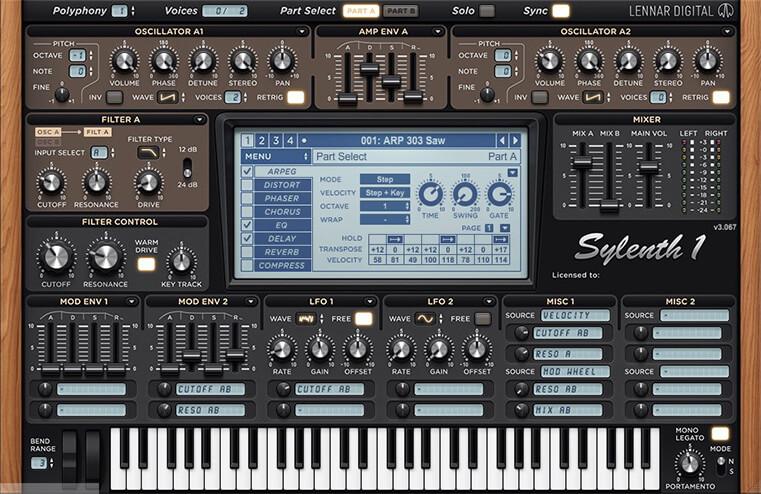
Synthesizer type: Virtual analog
Key Features: Four oscillators, four filters, two LFOs, two conversions, effects, arpeggiator
Much like Xfer Serum, LennarDigital’s Sylenth1 is an iconic VST synth plugin in the electronic music space. While there are many modern analog audio virtual synthesizers on the market, Sylenth1 continues to provide some of the most sought-after sounds needed to create relevant music tracks today. This synth has everything you need to get creative, from punchy leads and analog bass to power chords with a supersaw effect.
This synth plugin may not be considered newfangled, but it definitely stands out for its high-quality features. Particularly great is its arpeggiator, which will likely be used a lot. Four oscillators targeting two separate envelopes make it easy to create unique sounds and combine them to create custom patches.
7. Native Instruments Kontakt – best sampler engine
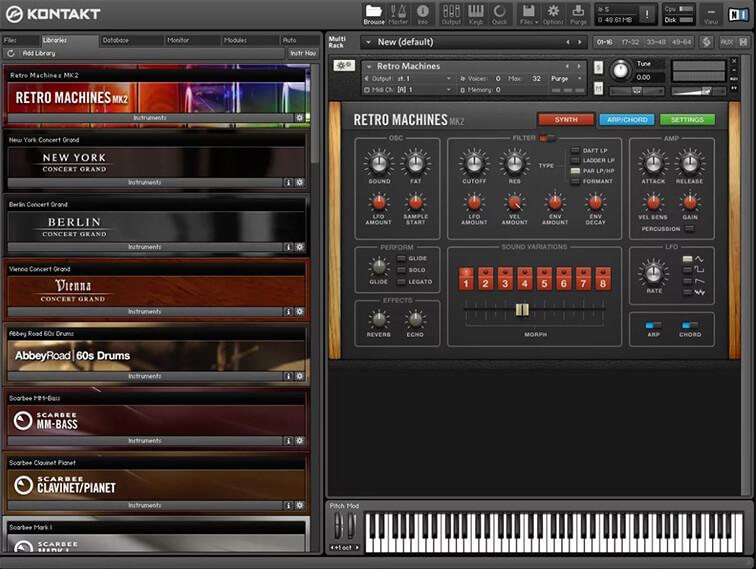
Synthesizer type: Sampling engine
Key Features: Wavetable Synth module, 55 GB+ sample library
While the basic version of Kontakt is one of the outstanding free VST synthesizers, it is its paid versions that make it one of the best VST plugins available on the market today. Kontakt goes beyond the functionality of a conventional synthesizer plugin, being essentially a sampling engine with a huge library of samples, a wave synthesis module and a complex modulation matrix.
With such a large selection of libraries, you may never have to look for another software. Whether you’re looking solely for synth sounds, or want to add drums, piano, guitars, orchestral sounds and more to your collection, Kontakt has it all.
What makes Kontakt unique is that it generates sound exclusively from recorded audio files. These recorded sounds provide an extra level of warmth and realism to your mixes that other synthesis methods don’t provide.
If you’re intimidated by the number of VST instruments available in Kontakt, we recommend starting with the instruments in the Kontakt Play series.
7. Output Arcade – best loop synth

Synthesizer Type: Looping Synth
Key Features: 15-voice sampler, 11 effects, robust modulation matrix, macro sliders
Output’s Arcade is a unique loop synthesizer that comes with a subscription. This tool integrates with the extensive Output library, allowing users to creatively manipulate sounds with a variety of modulations, effects, and macros.
Arcade is ideal for both beginners and experienced synth users who want to get quality sounds quickly. One of the key features of this synthesizer is that the sound library is updated daily, providing constant inspiration for each session. Output has reinterpreted the concept of synthesis, offering a wide range of possibilities for different music producers.
In Arcade, it all starts with a loop that you can tweak until you get the sound you want. Some may not like the lack of full control over the sound, but given the speed with which professional sounds can be created, the trade-off seems worth it.
8. u-he Diva – best analog synthesizer

Synthesizer Type: Looping Synth
Key Features: 15-voice sampler, 11 effects, robust modulation matrix, macro sliders
Output’s Arcade is a unique loop synthesizer that comes with a subscription. This tool integrates with the extensive Output library, allowing users to creatively manipulate sounds with a variety of modulations, effects, and macros.
Arcade is ideal for both beginners and experienced synth users who want to get quality sounds quickly. One of the key features of this synthesizer is that the sound library is updated daily, providing constant inspiration for each session. Output has reinterpreted the concept of synthesis, offering a wide range of possibilities for different music producers.
In Arcade, it all starts with a loop that you can tweak until you get the sound you want. Some may not like the lack of full control over the sound, but given the speed with which professional sounds can be created, the trade-off seems worth it.
9. Native Instruments Reaktor 6 – best modular synthesizer
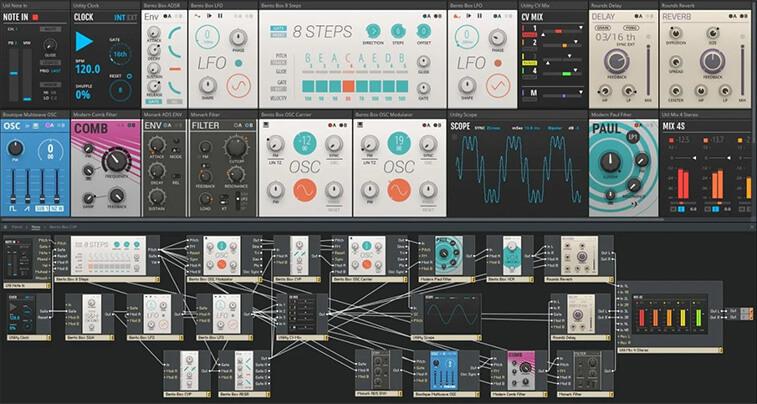
Synthesizer type: Eurorack
Key Features: 70 modules, sequencers, grooveboxes, macro programming
Native Instruments Reaktor goes beyond the functionality of a typical virtual instrument by providing a modular DSP laboratory. It allows users to create unique synths, samplers and effects using a comprehensive set of sound design tools. Reaktor provides the ability to connect different blocks to create Eurorack-style sounds, making it ideal for audio experimentation.
Reaktor 6 comes with over 70 tools, and additional extensions are available for those who want to expand their capabilities. Reaktor 6 is ideal for both those who are interested in complex synthesis and love to experiment, and for those who prefer to browse various presets for inspiration. If you’re up for the challenge of a tough learning curve, Reaktor 6 is one of the best synthesizer choices on the market.
10. Reveal Sound Spire – best digital synthesizer

Synthesizer type: Virtual analog
Key Features: Four oscillators, four LFOs, two filters, effects
Concluding our review, we highlight the impressive Spire virtual analog synthesizer. While it may not fit the bill, the Spire is ideal for creating clean, clear, and precise synth sounds and is hard to beat in this niche. The Spire has also made a significant impact on the electronic music scene over the past decade, especially among trance producers, many of whom consider it their synth of choice.
Under the hood are exactly the sounds you’d expect to find in trance and other genres of electronic music, including lush pads, piercing bass and powerful synth chords. Most of these sounds have punch, ideal for creating energetic music while maintaining clarity and clarity.
11. Vital
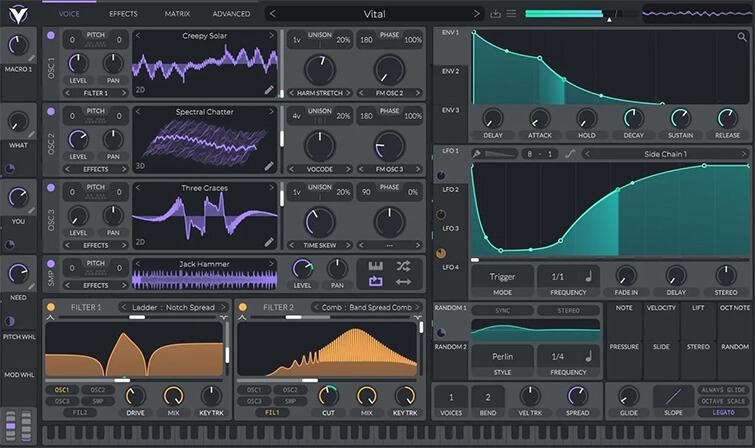
Synthesizer type: table-wave, sampling
Main characteristics: 3 wavetable oscillators, 1 sampler
Featuring wavetable oscillators and spectral warping, this synthesizer allows you to achieve a variety of sound design goals. In addition to the three main wavetable oscillators, the synthesizer also has a tone generator that can be used as a sampler.
One of Vital’s unique features is the ability to convert text into a wavetable, which is a fun tool for creating unusual sound textures. In addition, the synthesizer offers extensive modulation options and is distinguished by its highly musical sound.
12. Surge XT
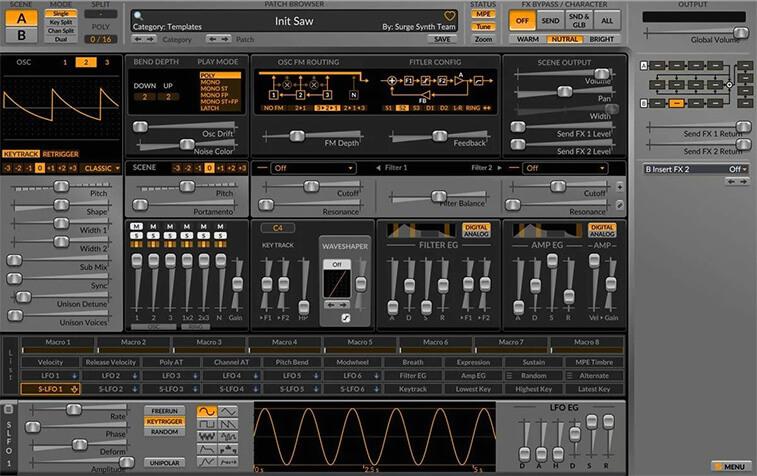
Synthesizer type: table-wave, classic
Key Features: 3 universal oscillators for scenes A and B
Developer Claes Johanson realized he didn’t have enough time to further develop and improve the Surge synth, so he decided to make it free and open source code, allowing enthusiasts to make their own tweaks and changes. This is a unique case when you can acquire a powerful instrument for your musical set without any expense.
The Surge Oscillator Module includes 12 diverse algorithms, from classic analogue to physical simulation, offering extensive exploration possibilities. In addition, the synthesizer provides filters with many configuration settings.
The main drawback of Surge is its complex interface, which can be challenging for beginners. However, free presets come to the rescue, the number of which reaches approximately 3000, which greatly facilitates the use of the tool.
13. Phase Plant
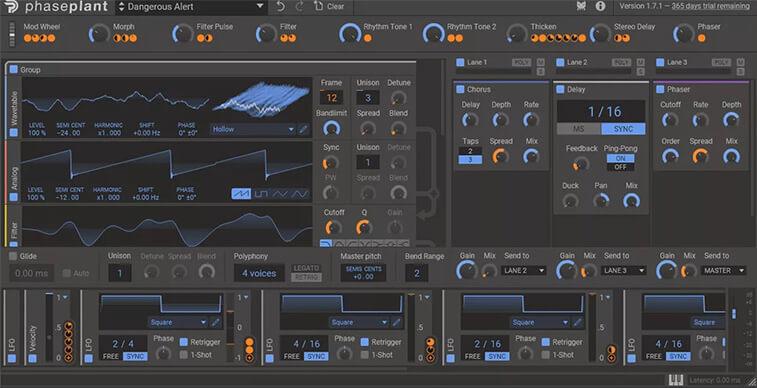
Synthesizer type: classic, table-wave, sampling
Main characteristics: how long will your processor handle?
Phase Plant opens up endless possibilities and flexibility in sound creation, allowing you to easily go from creating lead synths for the year’s biggest hits to producing the sounds of everyday things like macaroni and cheese.
With its minimalist interface, unlimited oscillators, macro controllers, modular system and built-in plugins from the KiloHeartz ecosystem, Phase Plant gives you complete control over every detail of your dream sound. This synthesizer allows you to achieve a variety of sound design goals and create unique sounds without requiring you to have in-depth knowledge of the instrument.
14. ANA 2

Synthesizer type: table-wave, classic, granular
Main characteristics: 3 wavetable oscillators, 3 samplers
Slate Digital’s powerful synth features a variety of operating modes, including Eurorack, Sad Trap, Cinematic, and Detroit, among others. It is becoming a serious competitor to other wavetable synthesizers, gaining popularity among music producers.
With this synth, you can load your own wavetables, experiment with FM synthesis, load personal samples, and combine up to 9 oscillators at once! The presence of an arpeggiator and an extensive set of built-in effects makes the ANA 2 a truly indispensable tool for any musical creativity.
15. Arturia Pigments 3
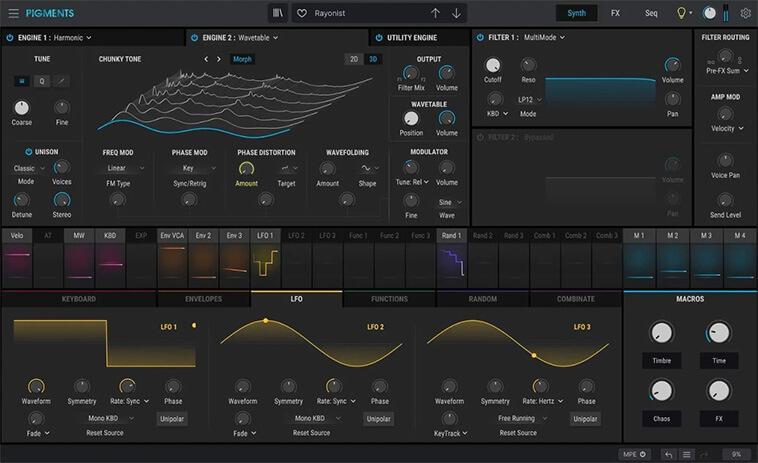
Synthesizer type: table-wave, classic, granular
Main characteristics: 2 universal oscillators, 2 noise generators, 1 sub-oscillator
Using analog-modeled filters, the synthesizer ensures that your sound textures are pure and pure. Pigments 3 is capable of radically transforming samples, showcasing the power of granular synthesis and the ability to combine additive synthesis with analog or wavetable, making it stand out among many on the market.
New in this version of the synthesizer is the Harmonic Engine generator, which is an improved additive synthesis algorithm with the ability to control the harmonic spectrum. Using Pigments 3 is a real pleasure, thanks to its thoughtful architecture and routing, as well as its extensive selection of high-quality effects, making the synth experience extremely flexible.


